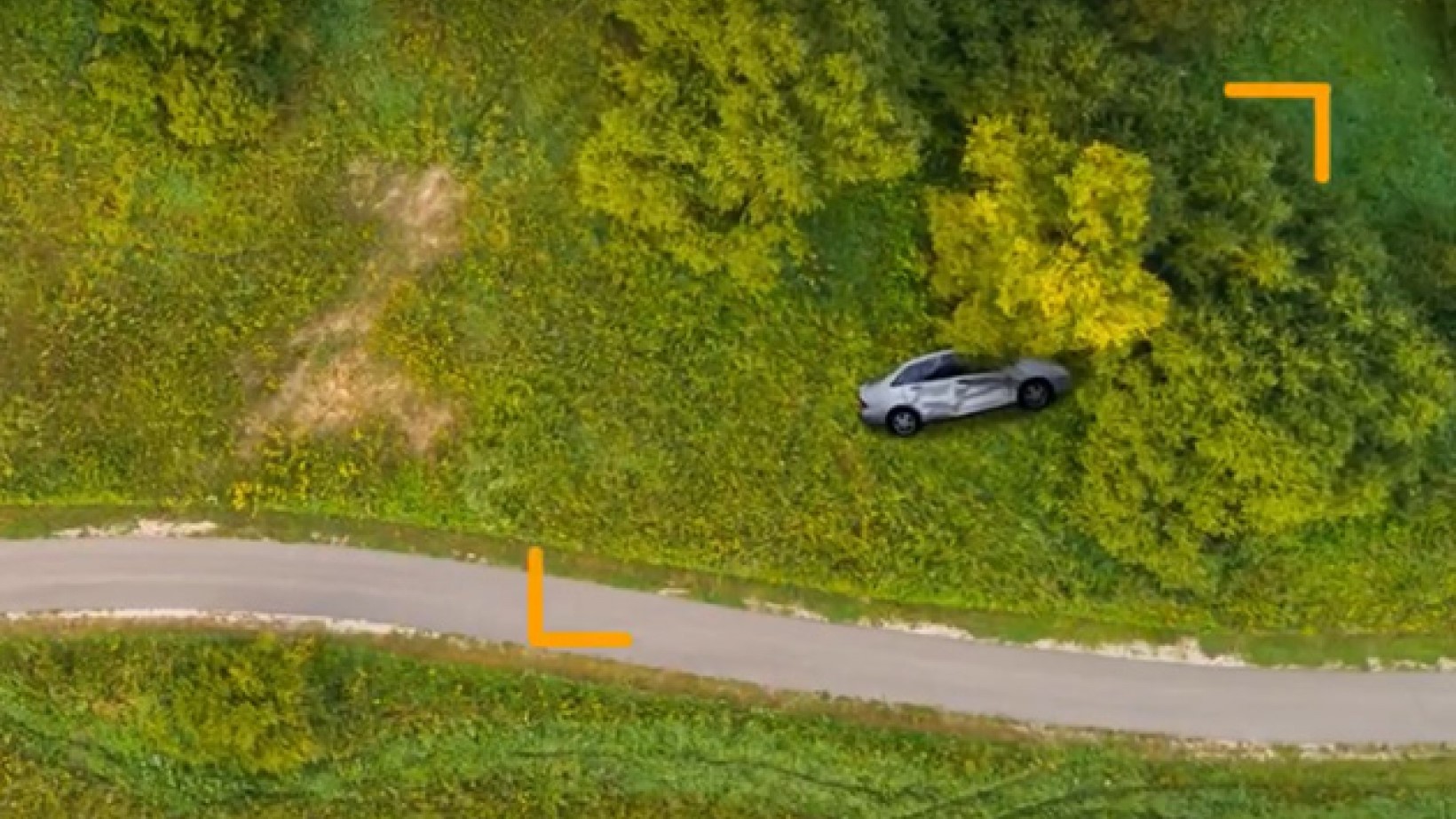
In the two years since the launch of the EU’s eCall emergency response system, which automatically calls emergency services in the event of a road accident, manufacturers have been quick to implement the life-saving technology, with around 3 million eCall-enabled vehicles already sold in Europe.
The EU launched its eCall emergency response system with the publication, on 31 March 2018, of the European eCall regulation, requiring all new car and light van types sold in the EU to be fitted with the system. Manufacturers were quick to respond, with Volvo Cars being the first to certify the system for use in its vehicles and the first to launch an eCall-equipped model to the market – presenting the V60 at the ITS World Congress 2018 in Copenhagen in September 2018.
GSA helps pave the way
European Commission services – specifically the Joint Research Centre – and the GSA helped pave the way for a quick and smooth uptake by the automobile industry, publishing a set of guidelines to help the eCall industry value chain to pre-test the accuracy of their new devices and understand how to reap the benefits of EGNOS and Galileo.
Other manufacturers were quick to follow Volvo’s lead and currently there are 27 car brands offering over 65 models that are equipped with the system, with around 3 million vehicles sold on the EU market to date. To see which car models are currently available, check the UseGalileo site.
“eCall is a true success story for Europe,” said GSA Head of Market Development Fiammetta Diani. “The system leverages EU technology – specifically Galileo precise positioning – to save our citizens lives.” she said.
According to European Commission figures, 25,300 people were killed and 135,000 people were seriously injured in road accidents in the EU in 2017. While new automotive technologies have resulted in a sharp drop in the number of fatalities – which have fallen by 57.5% since 2001, the numbers are still high. By speeding up emergency response times by 40% in urban areas and 50% in the countryside, it is estimated that eCall could help prevent 2,500 road deaths and save EUR 26 billion every year.
How does it work?
eCall is activated automatically as soon as in-vehicle sensors detect a serious crash. Once activated, the system dials the European emergency number 112 and establishes a telephone link to the appropriate emergency call centre.
Leveraging EGNSS (EGNOS and Galileo), the system sends the accurate position of the crashed vehicle and the direction of travel to the emergency services, enabling the emergency responders to get to the accident site faster. An eCall can also be triggered manually by pushing a button in the car, for example by a witness to a serious accident.

